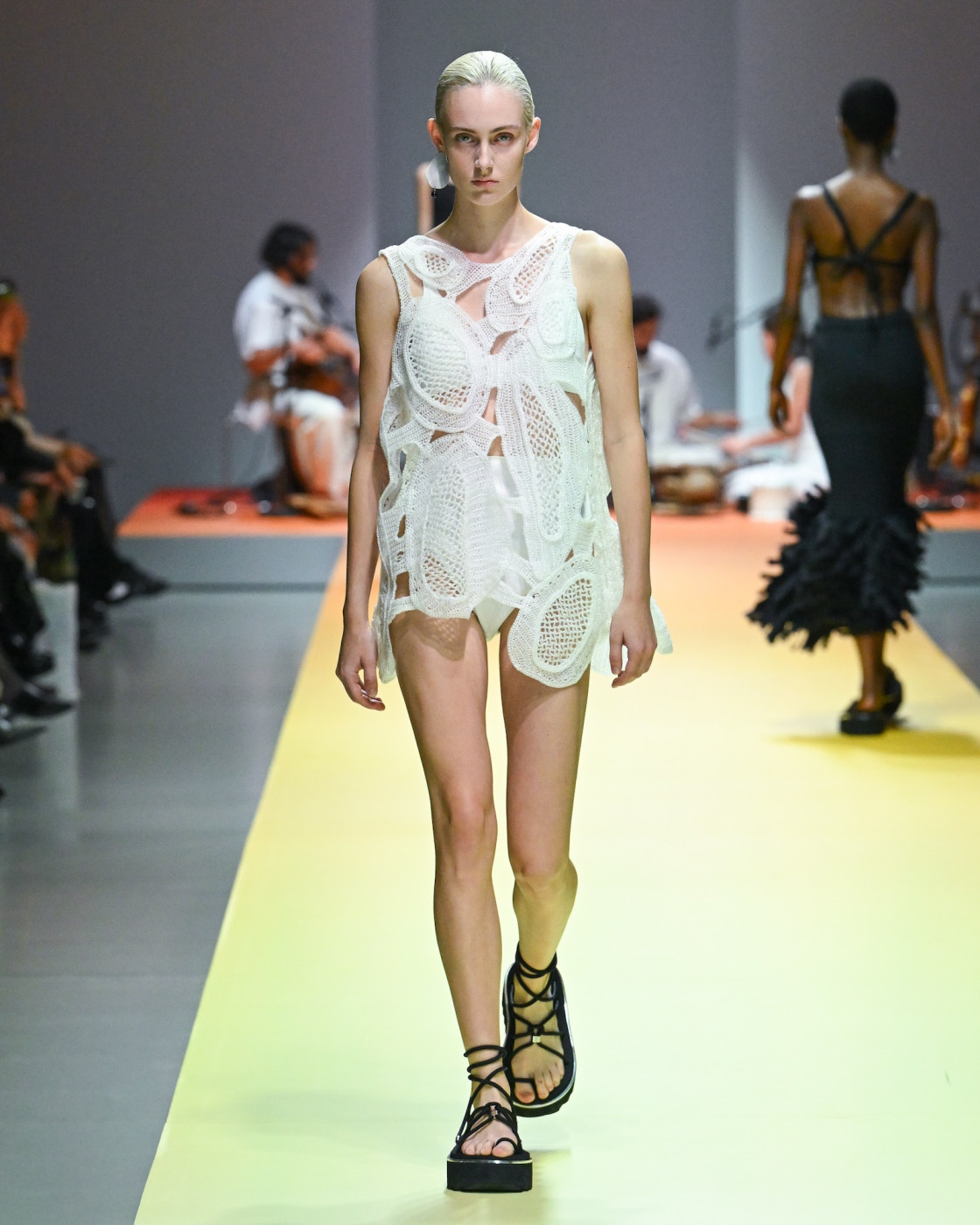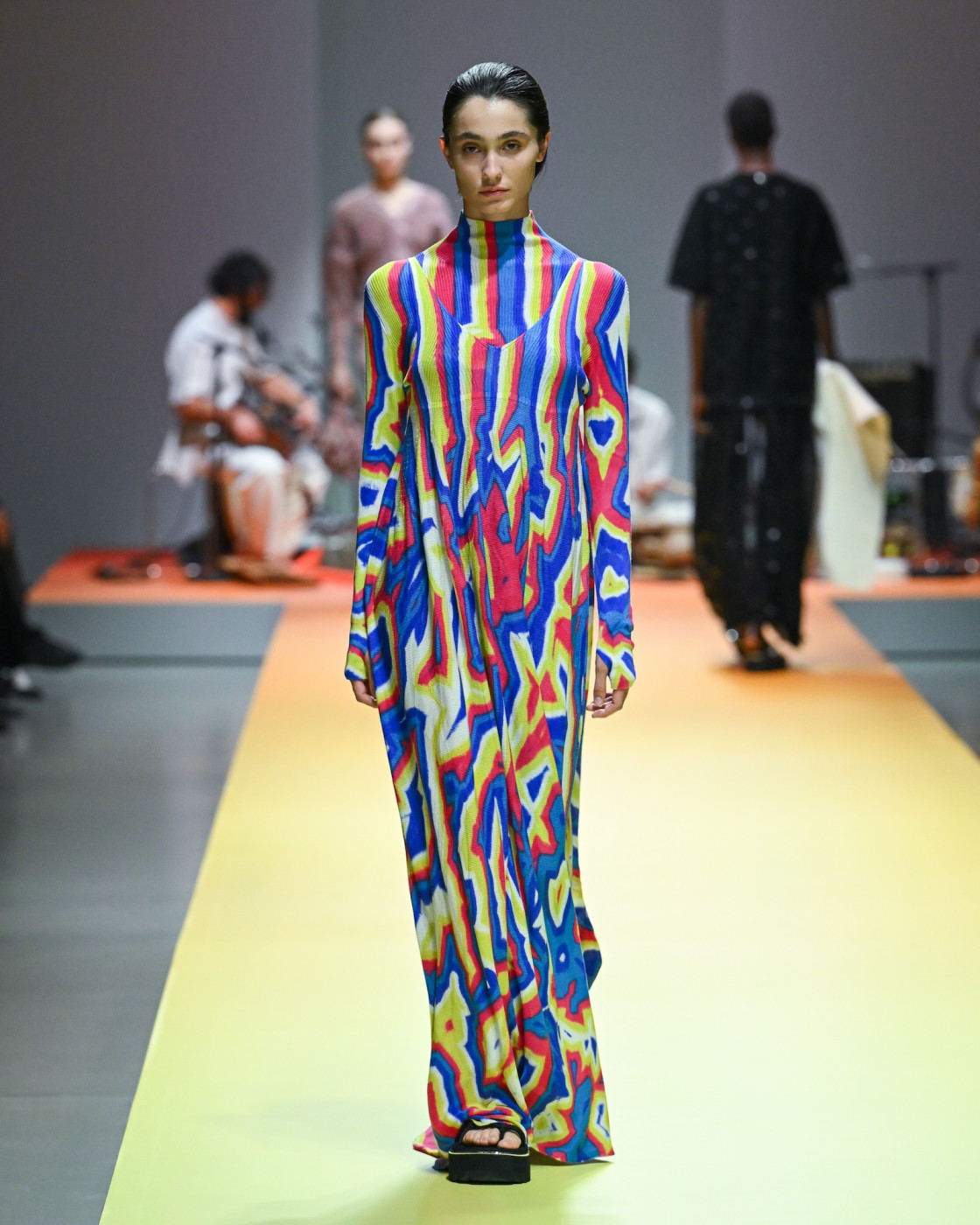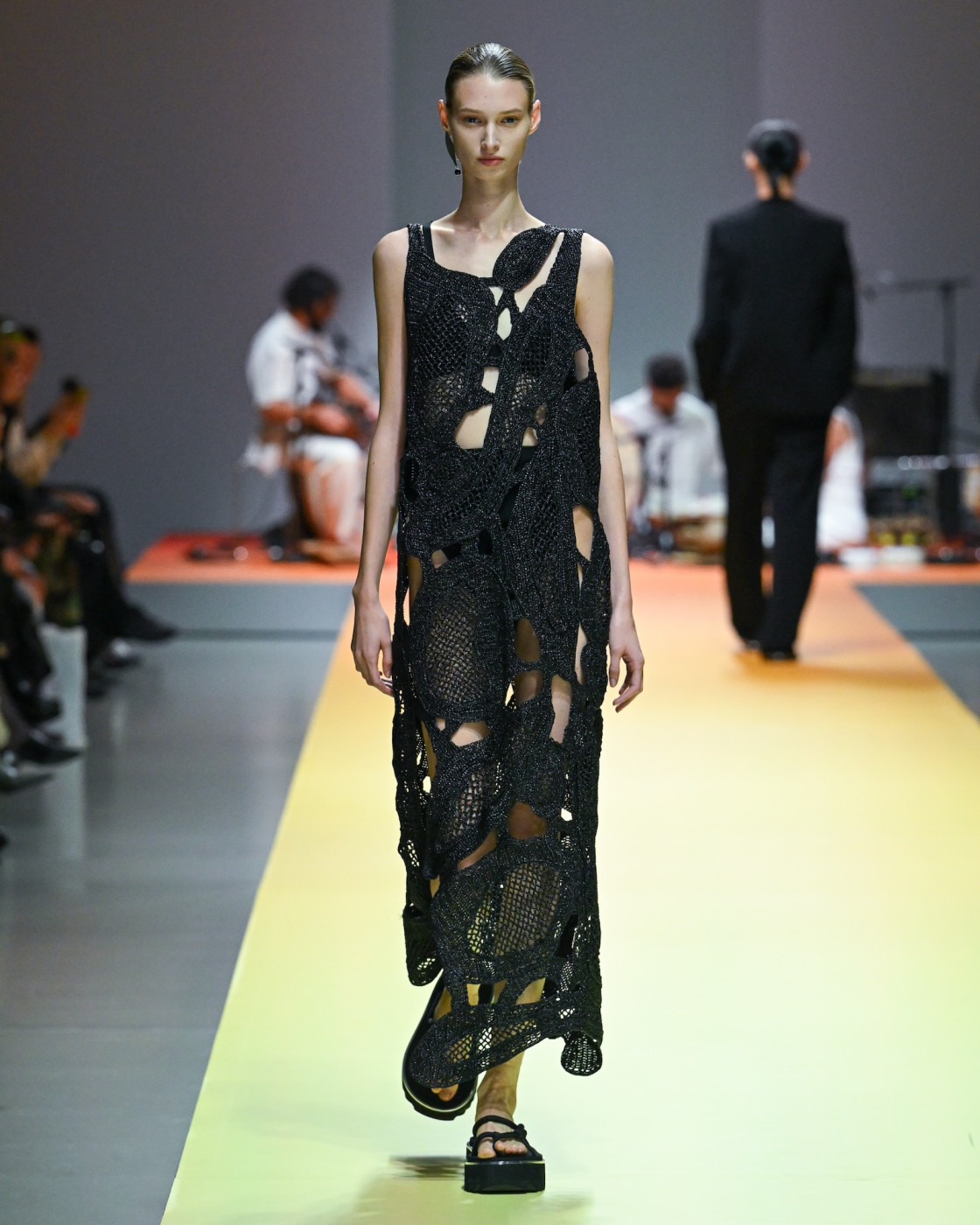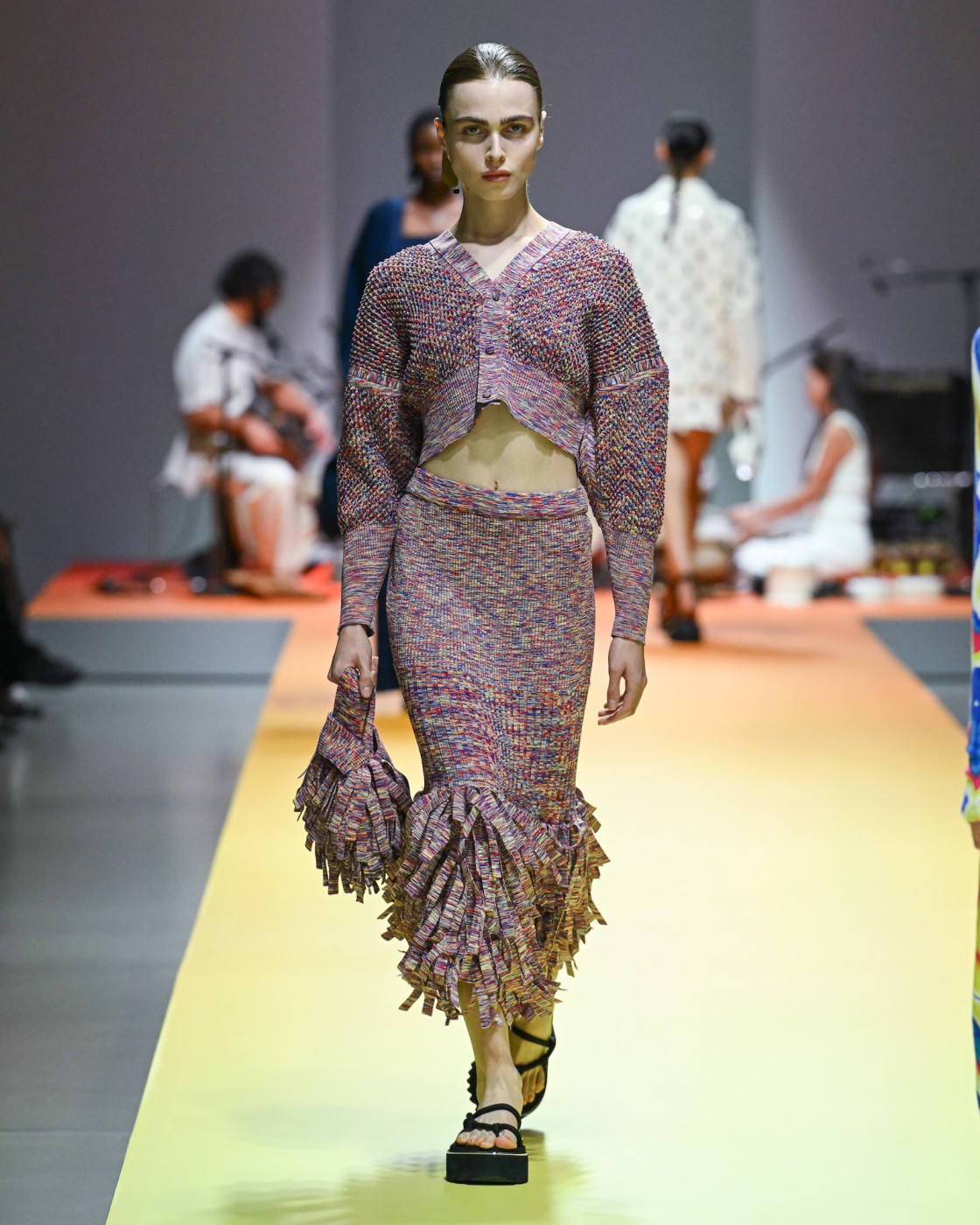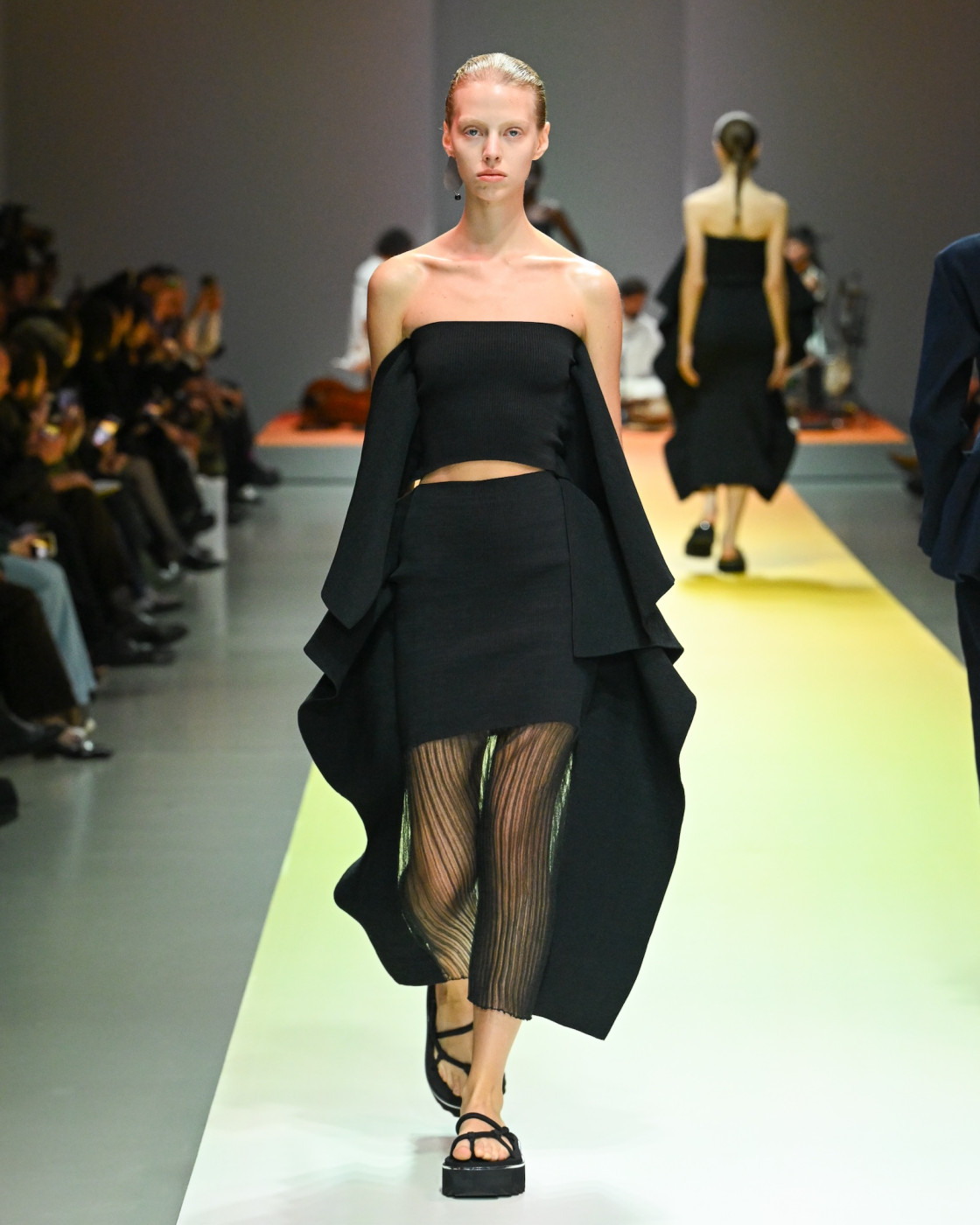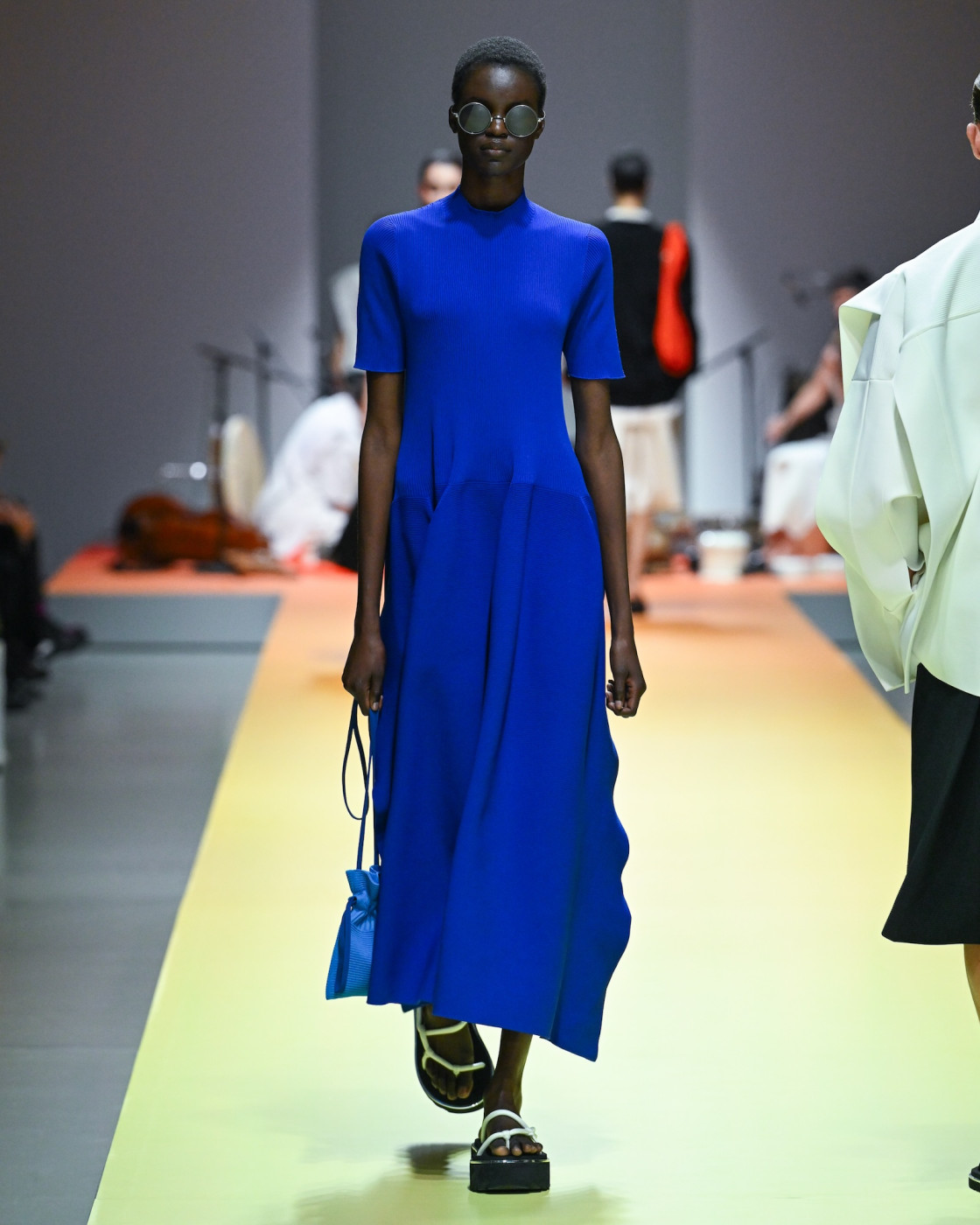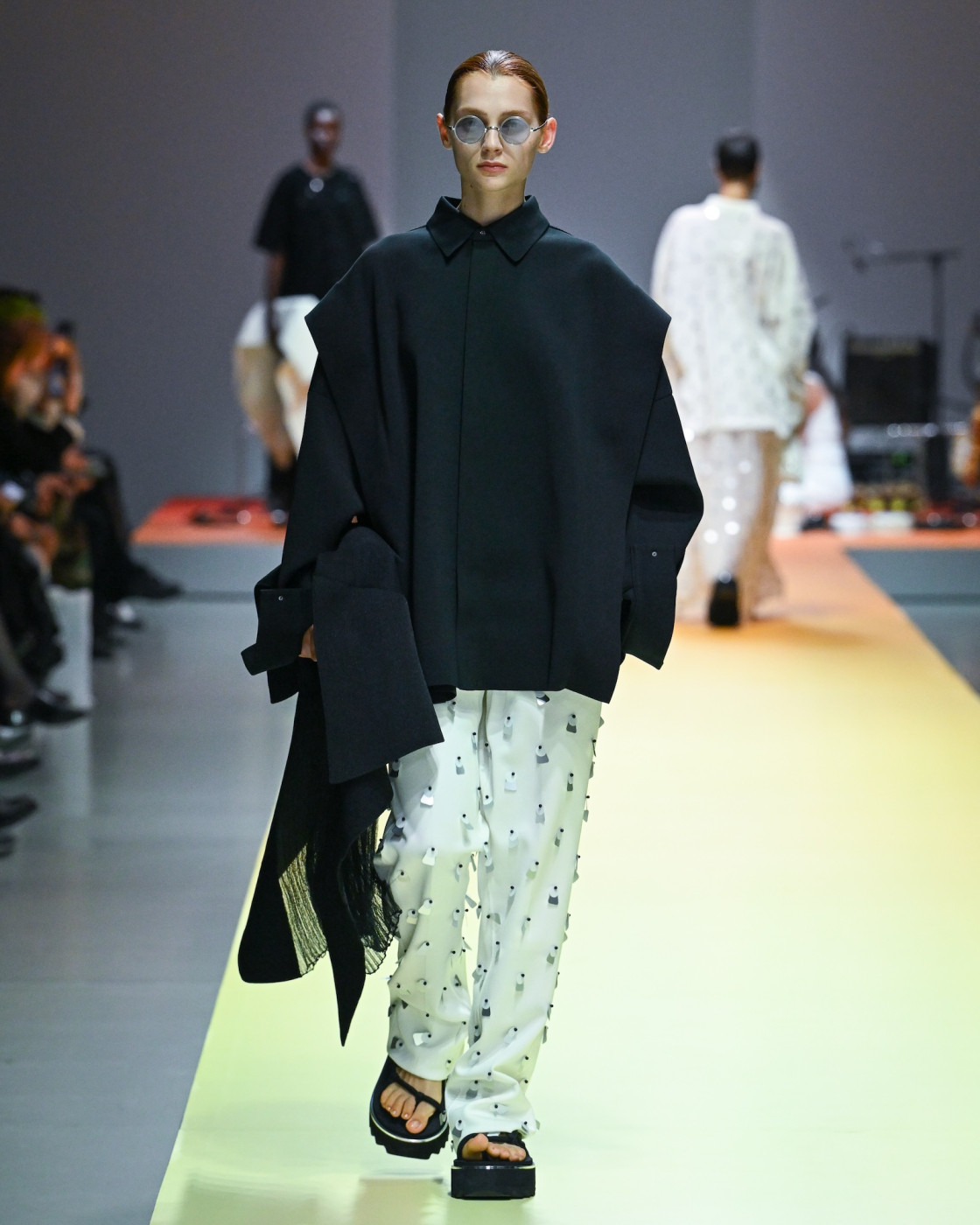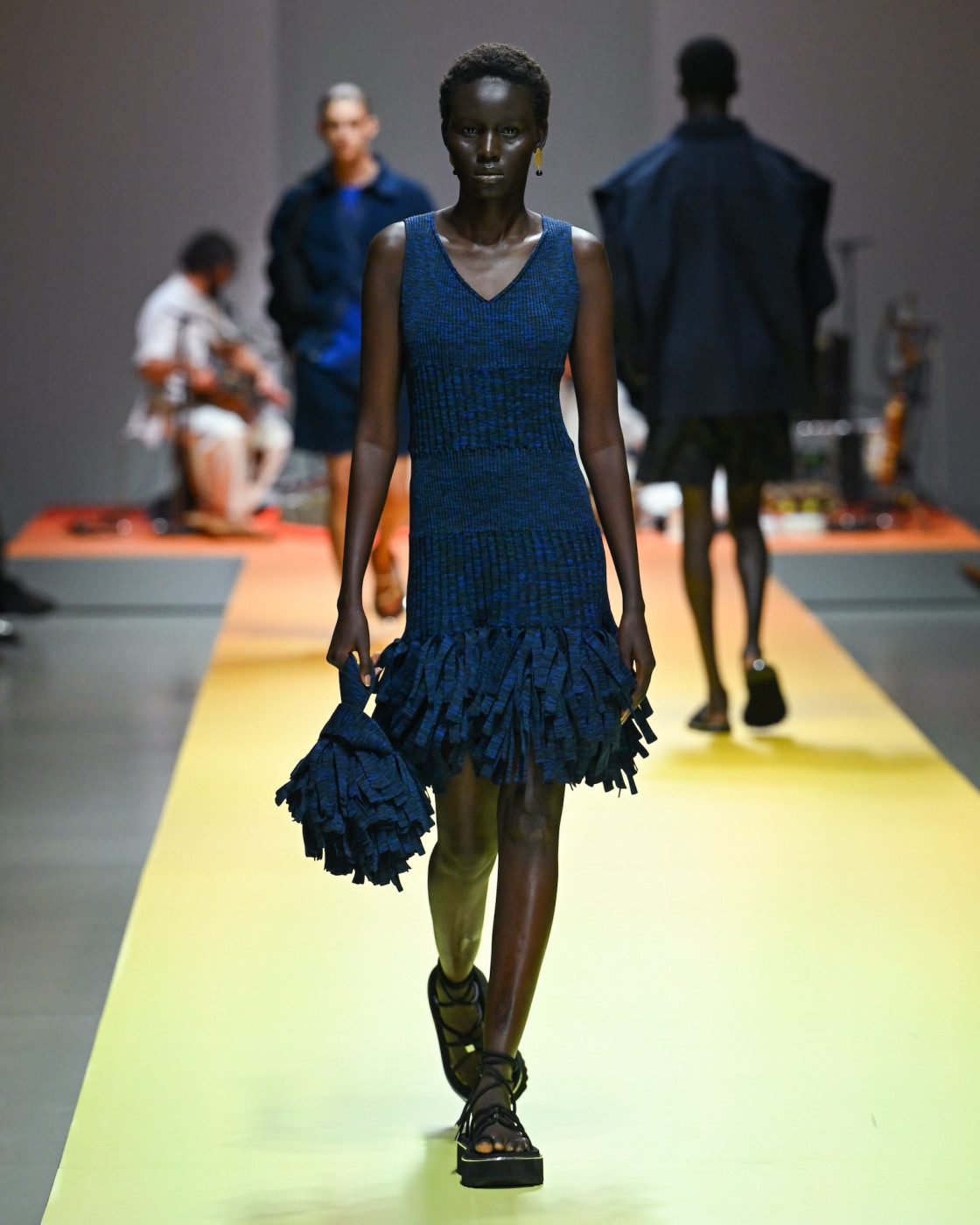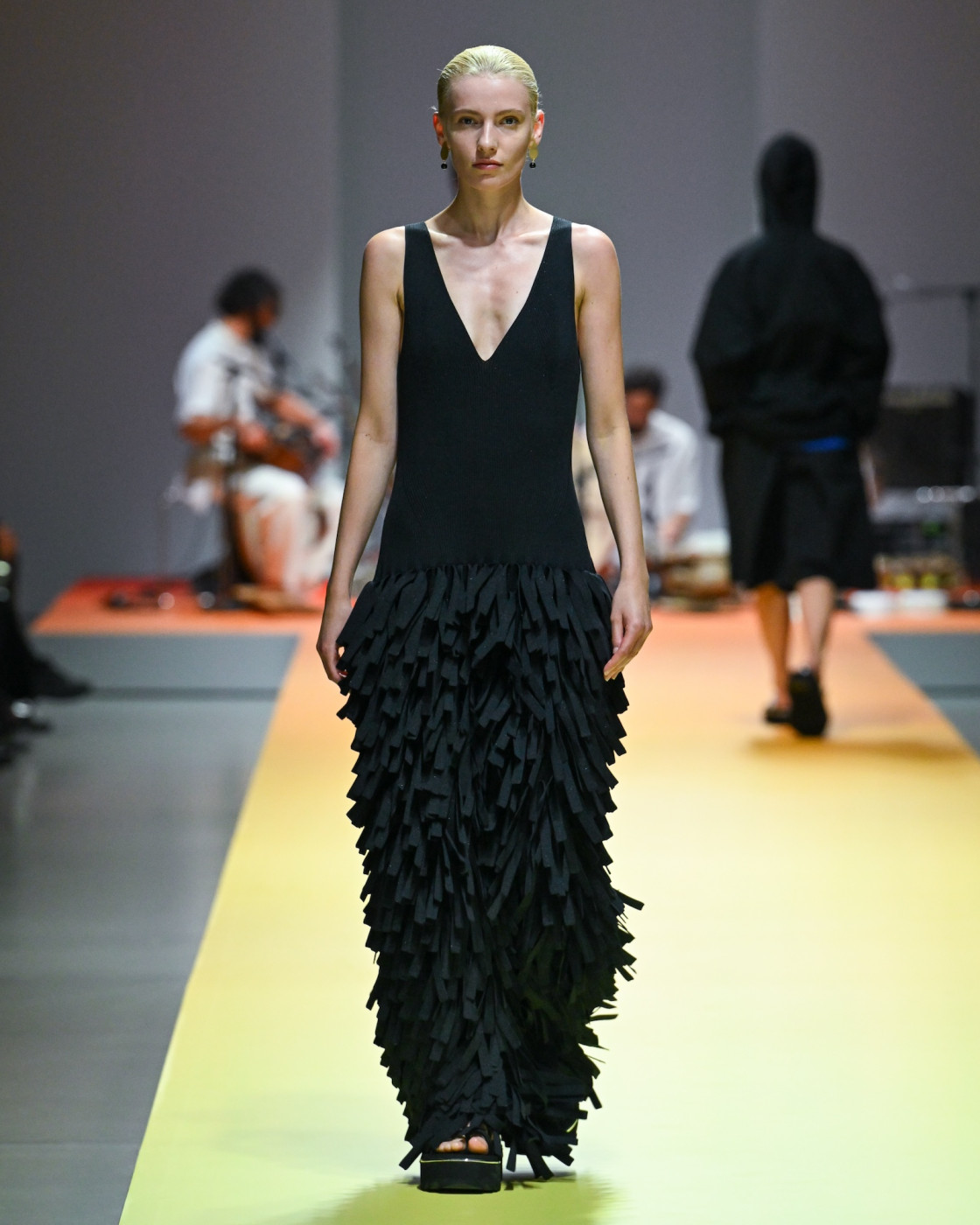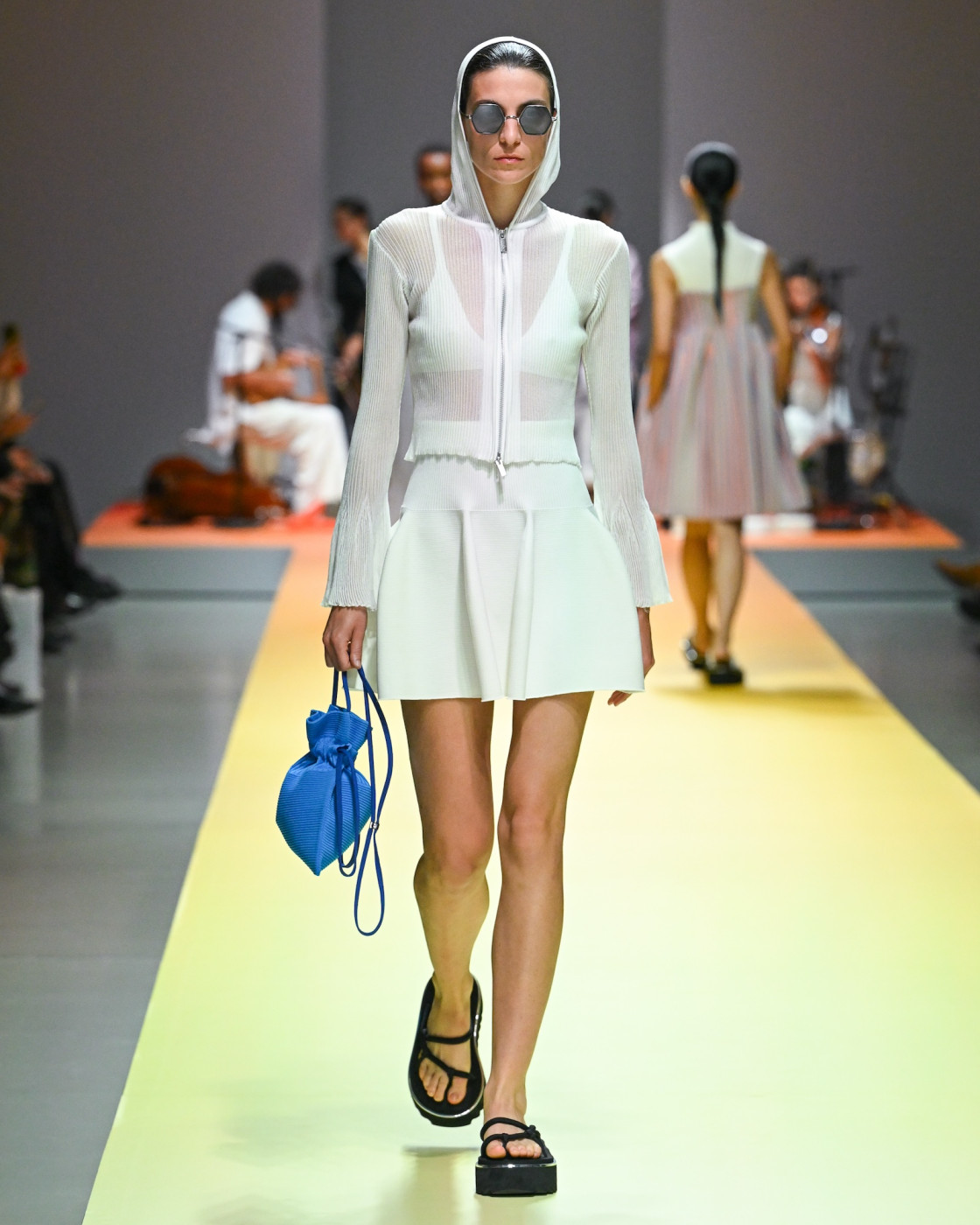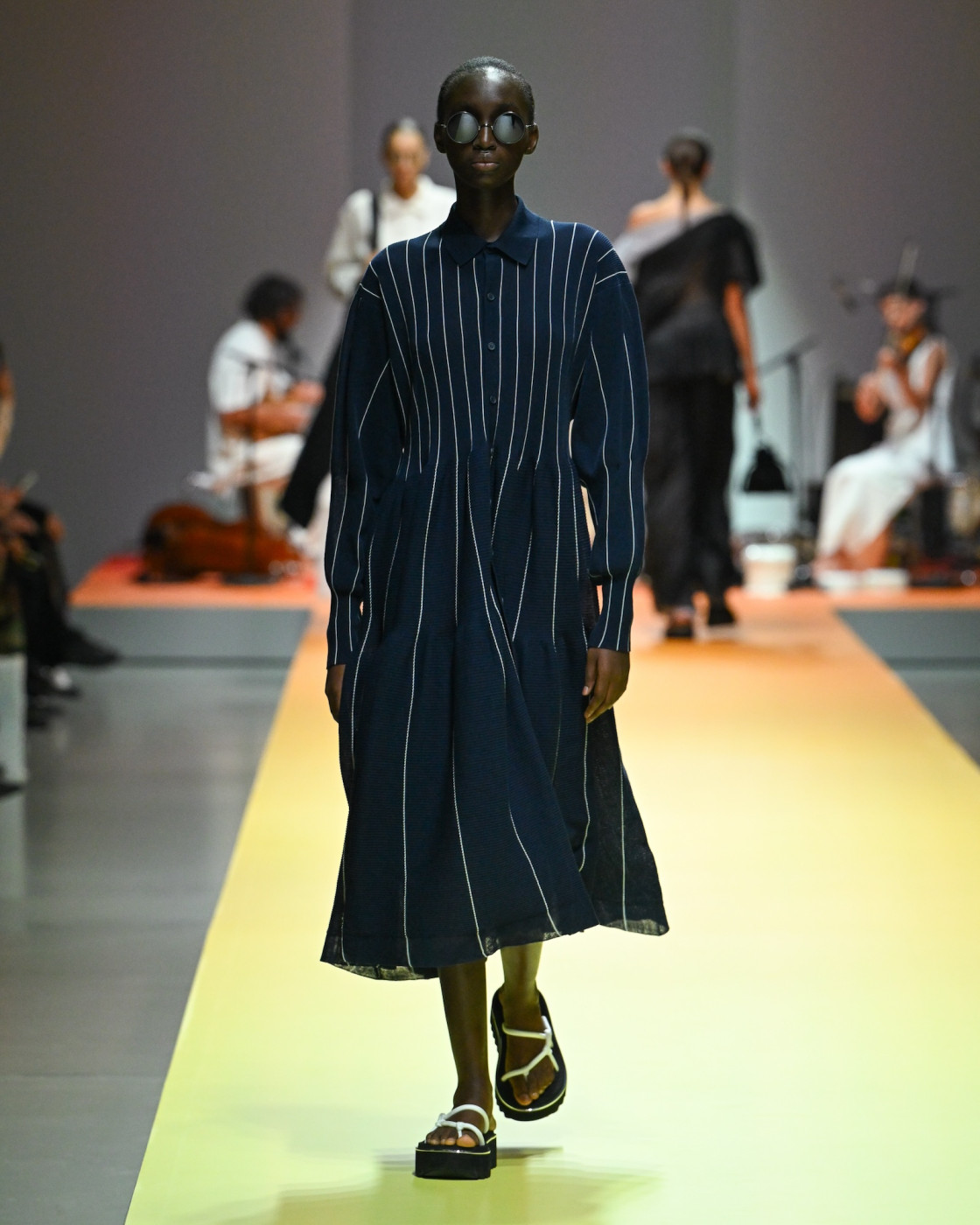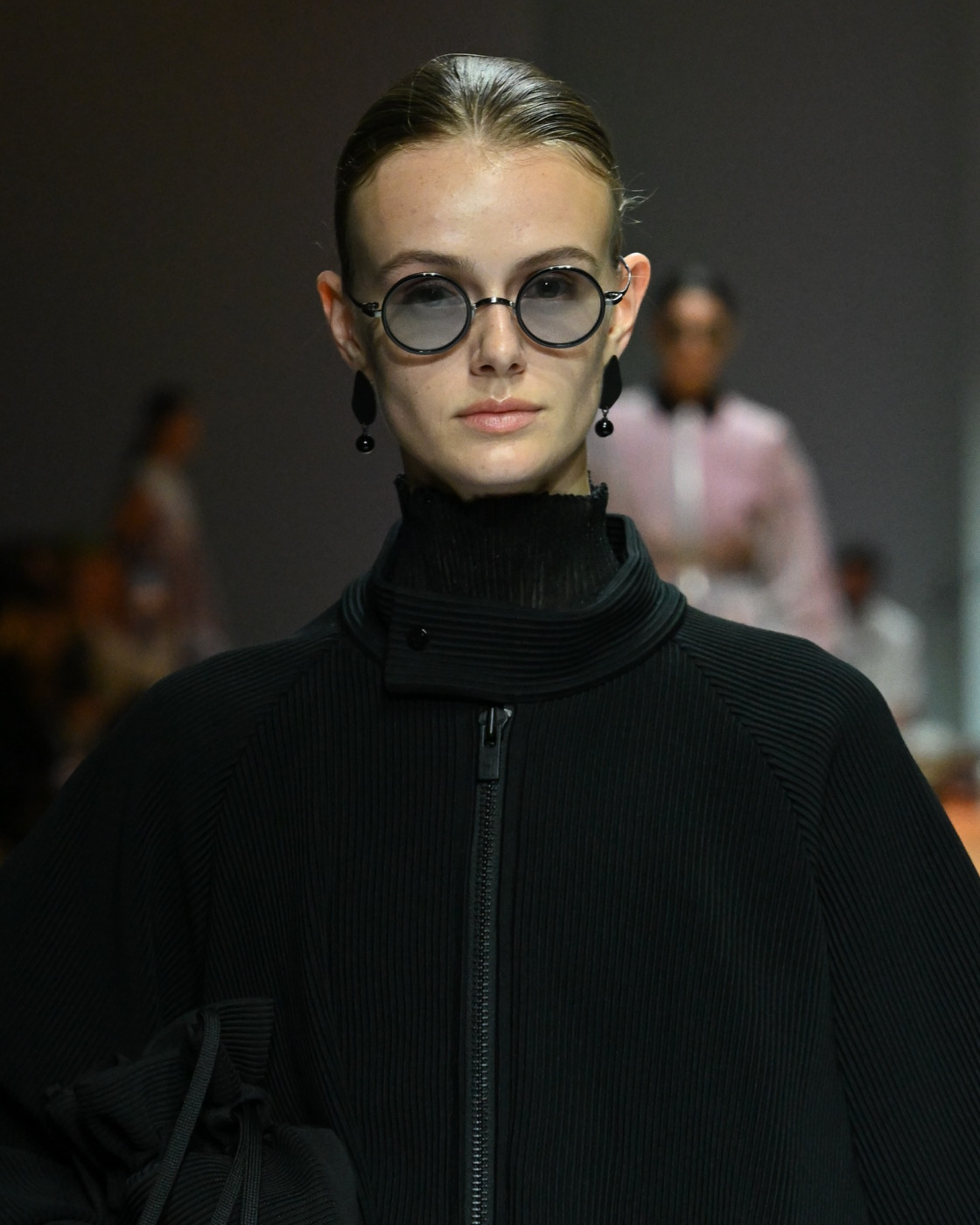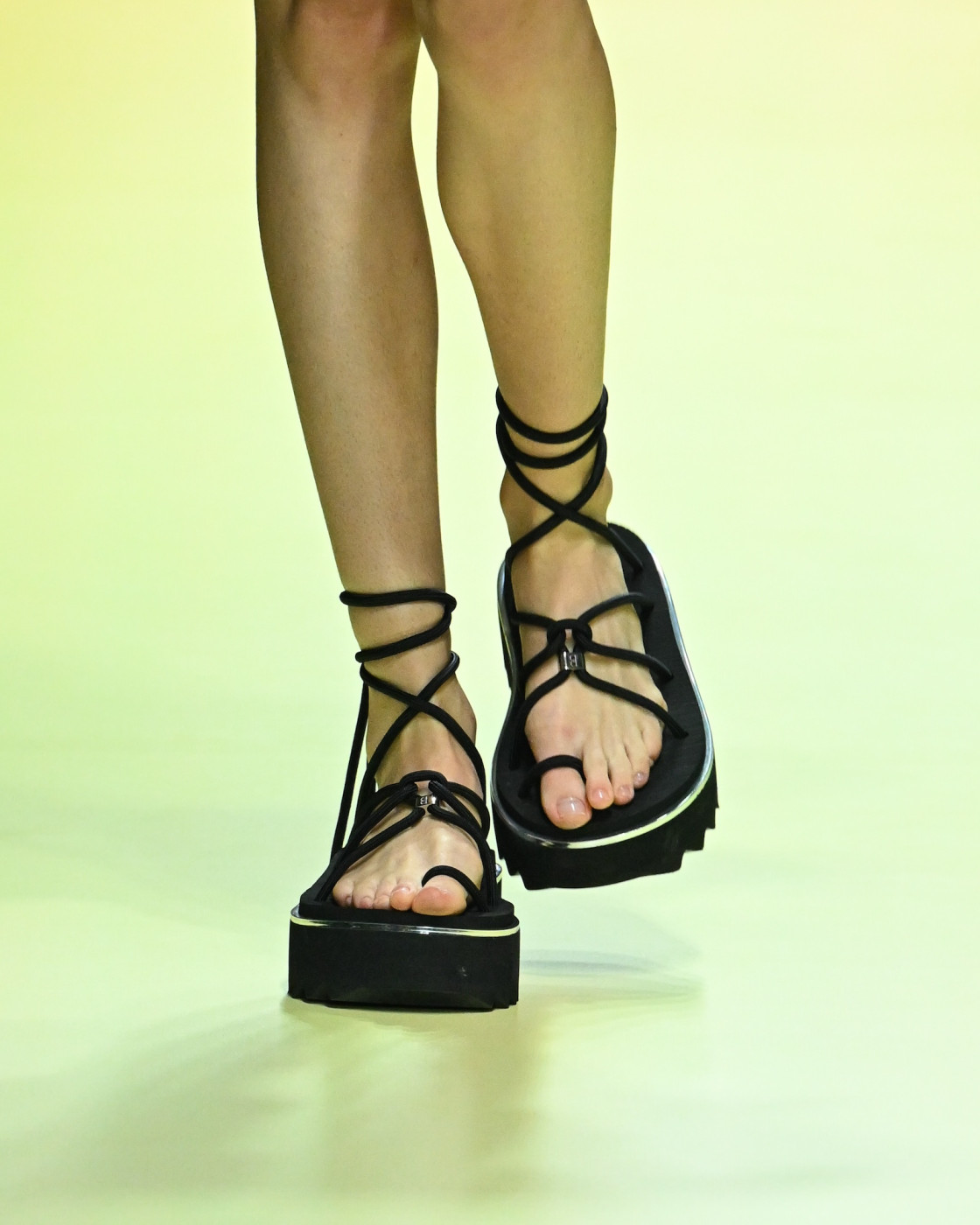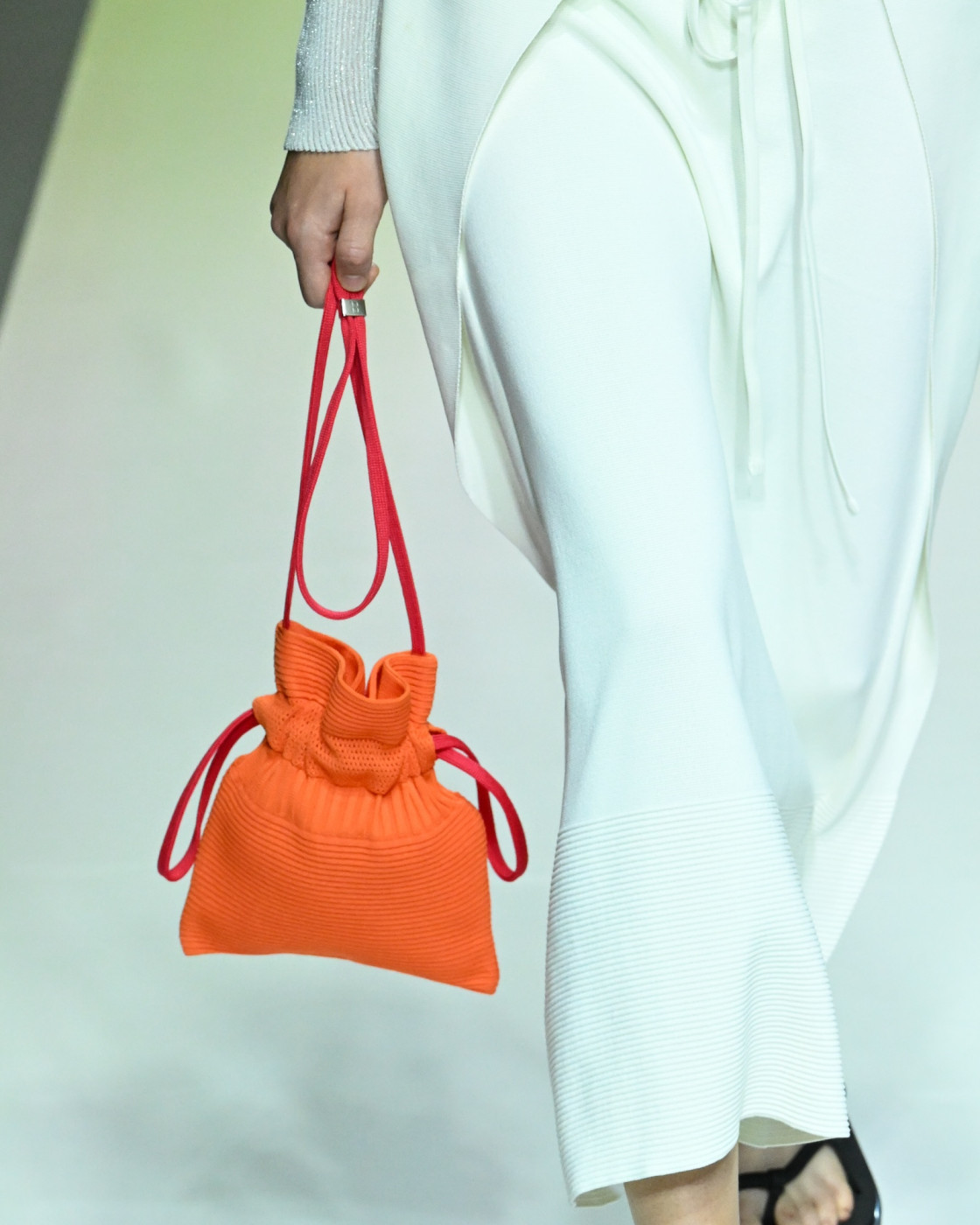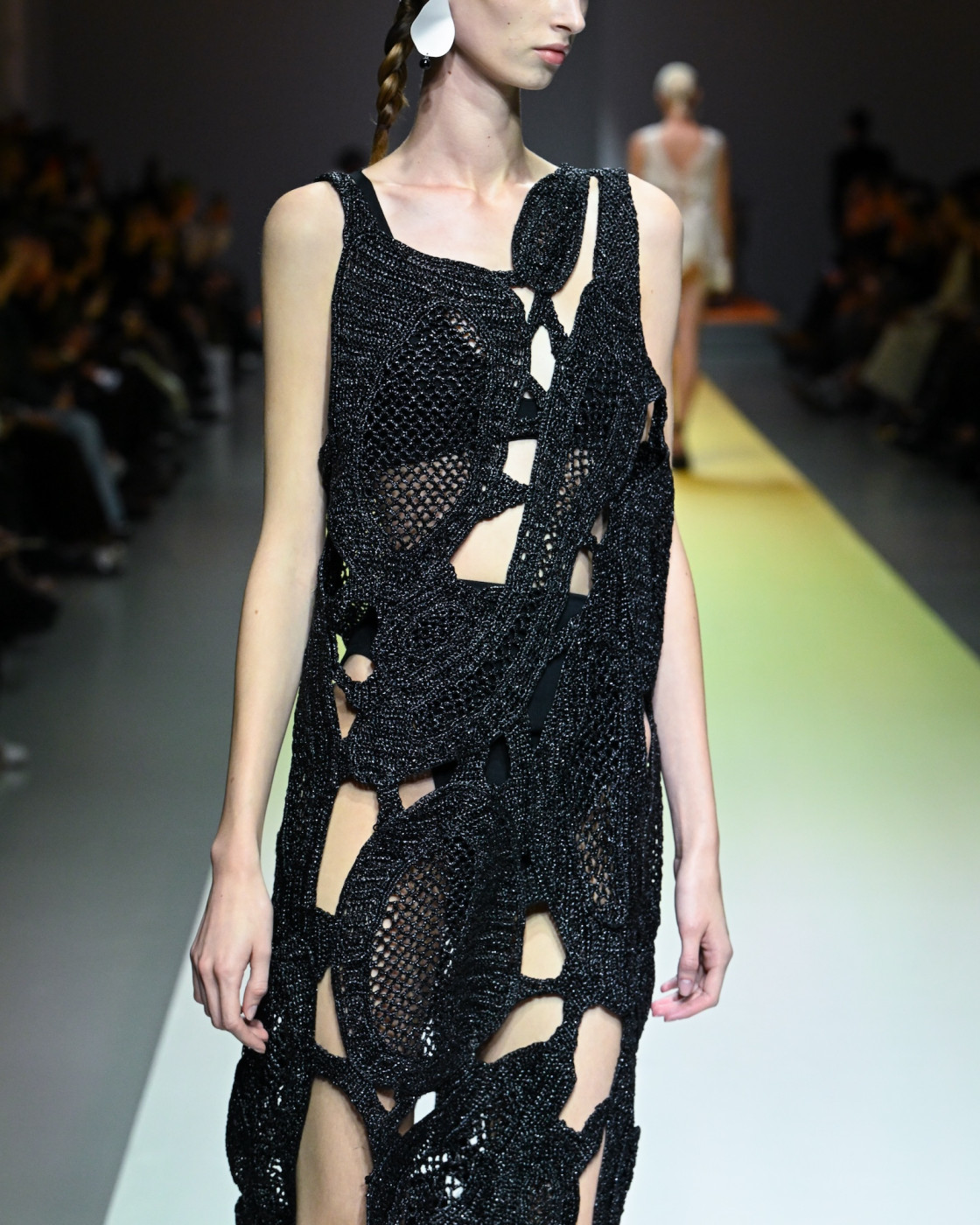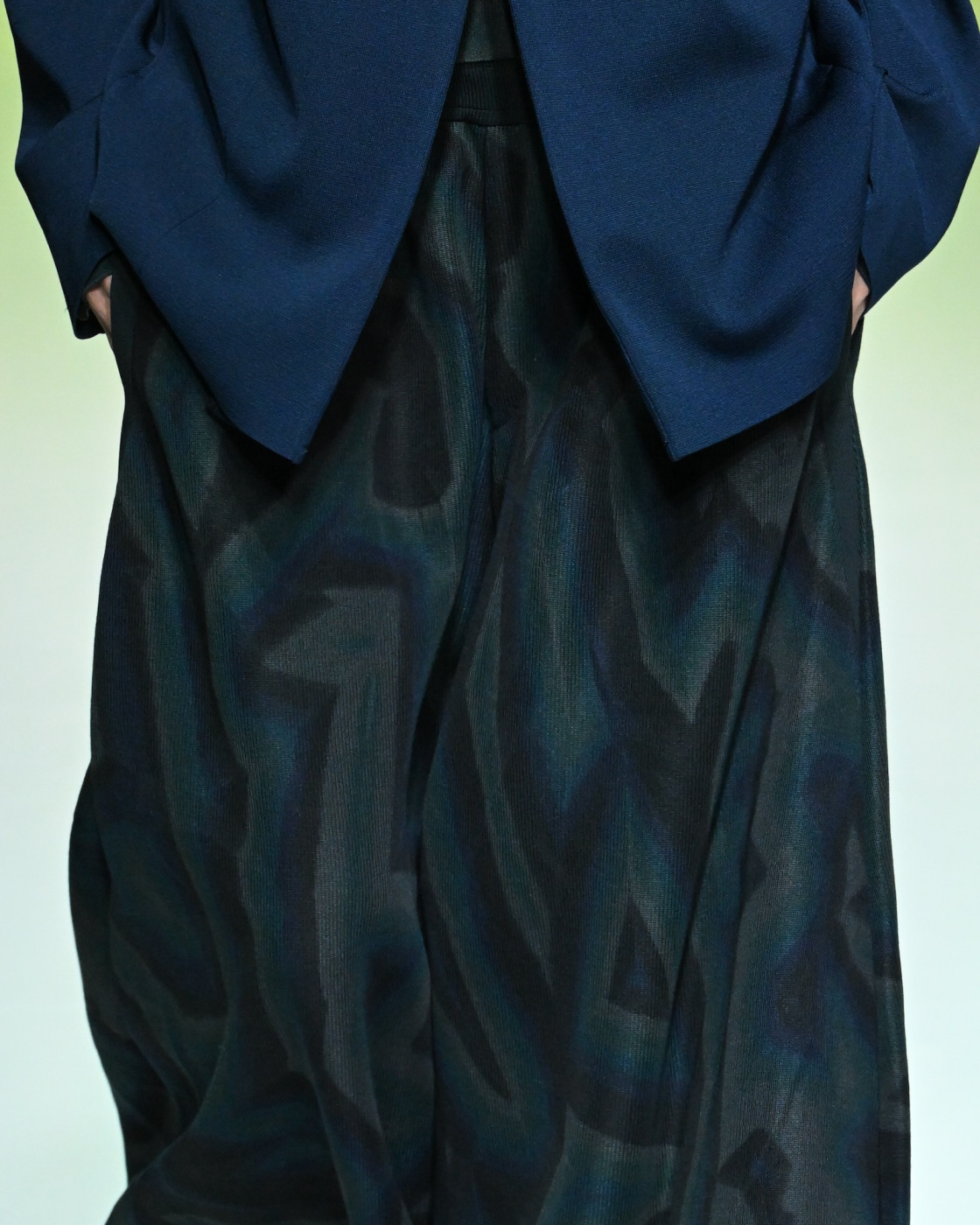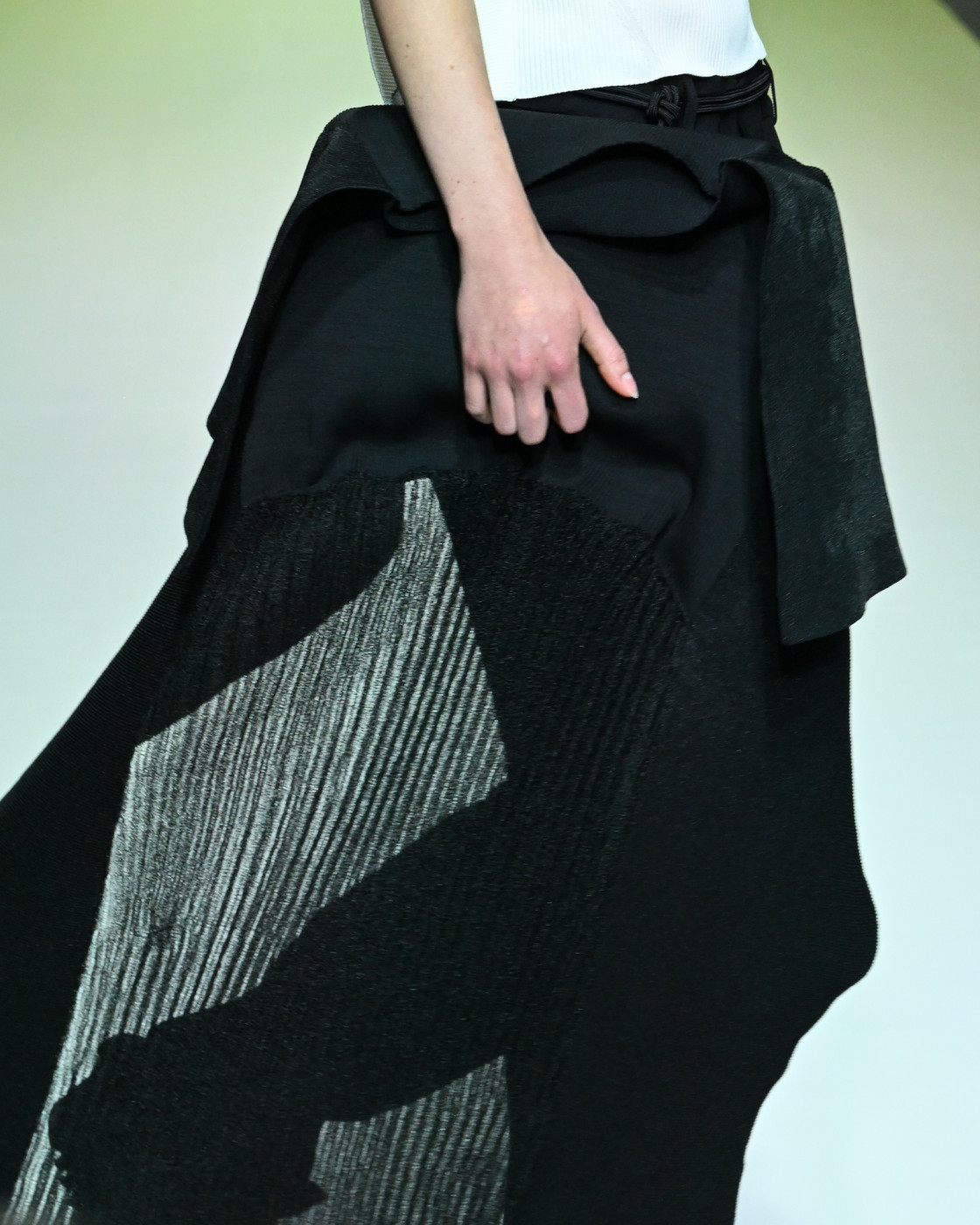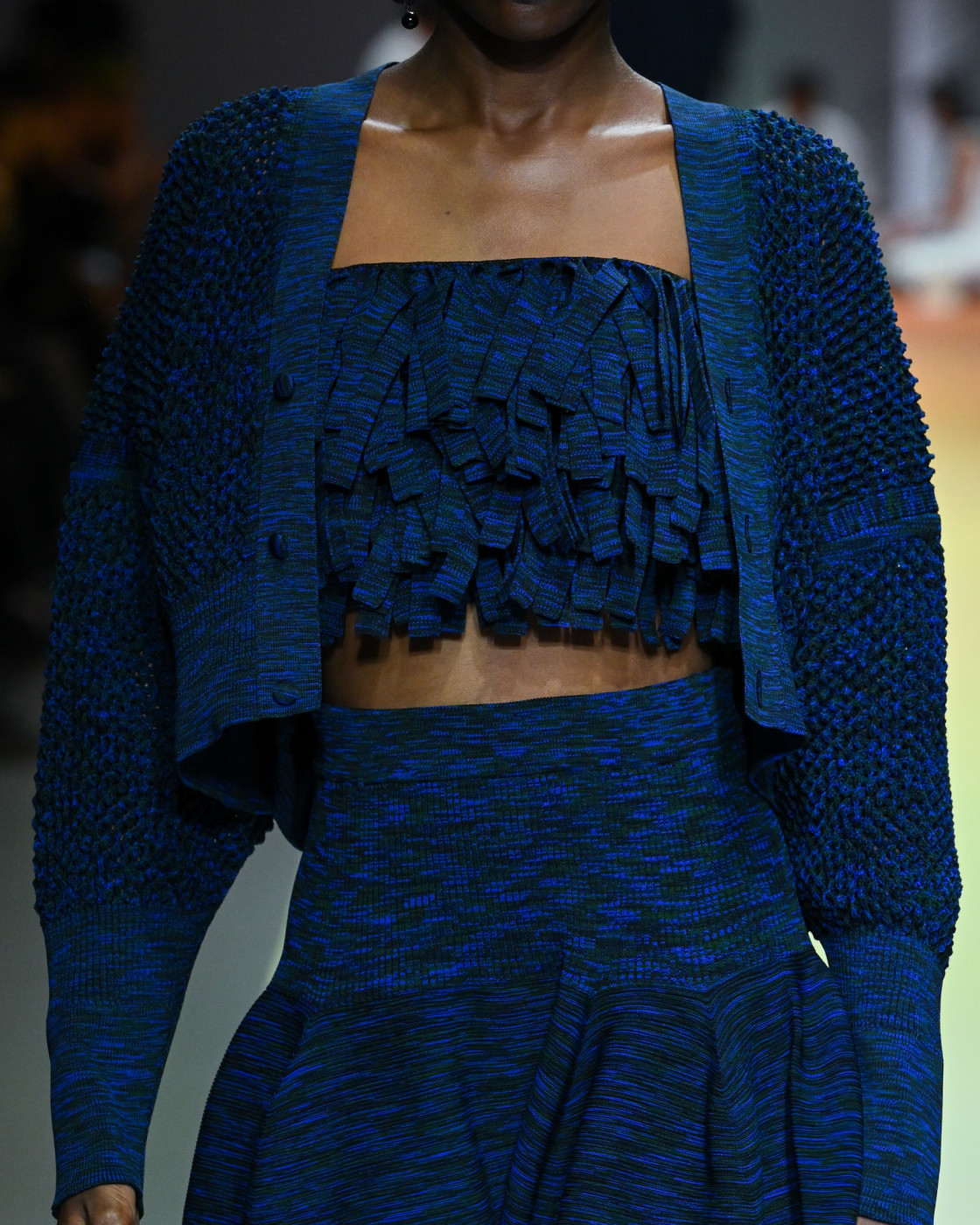
CFCL: The Boundary-Breaking Brand is Back on the Catwalk
On September 23rd, day one of Paris Fashion Week, Japanese brand CFCL unveiled their Vol. 9 Spring/Summer 2025 collection at the Palais de Tokyo, the iconic modern art museum, and one of the benchmark locations for PFW shows.
The show kicked off memorably with an avant-garde musical performance by the Slovenian trio Širom, who - much like CFCL - are drawn to combining the traditional with the experimental. This musical introduction set up the atmosphere, and the pace for the models as they demonstrated the new styles on the catwalk, merging cutting-edge technology with traditional craftsmanship.
WHAT DOES CFCL STAND FOR?
Tokyo-based designer Yusuke Takahashi is the man behind CFCL, which is short for Clothing for Contemporary Life. After working for Issey Miyake for a decade, Takahashi finally realised his dream of creating his own fashion brand in 2020. CFCL’s values reflect Takahashi’s own; prioritising comfort, sustainability and creativity. In an interview with METAL Magazine, he explained how working for Miyake contributed to his own vision: “I learnt a lot about comfort, functionality and social issues while at the Issey Miyake company. In this area, we are fully aligned. While at Miyake Design Studio I was entrusted with a major role as the men's designer for the Paris collection, I always thought about when to establish my own brand. After ten years of being with the company, I decided to start my own brand, focusing both on menswear and womenswear.”
So what does Takahashi want to bring to the world of fashion?
CFCL embodies a vision of fashion that transcends time with a functional approach to each creation. This philosophy aligns perfectly with the name of the brand - Clothing for Contemporary Life. Through his exploration of both innovative technology and traditional knitwear, dyeing, and handwork techniques, Takahashi redefines the boundaries of possible.
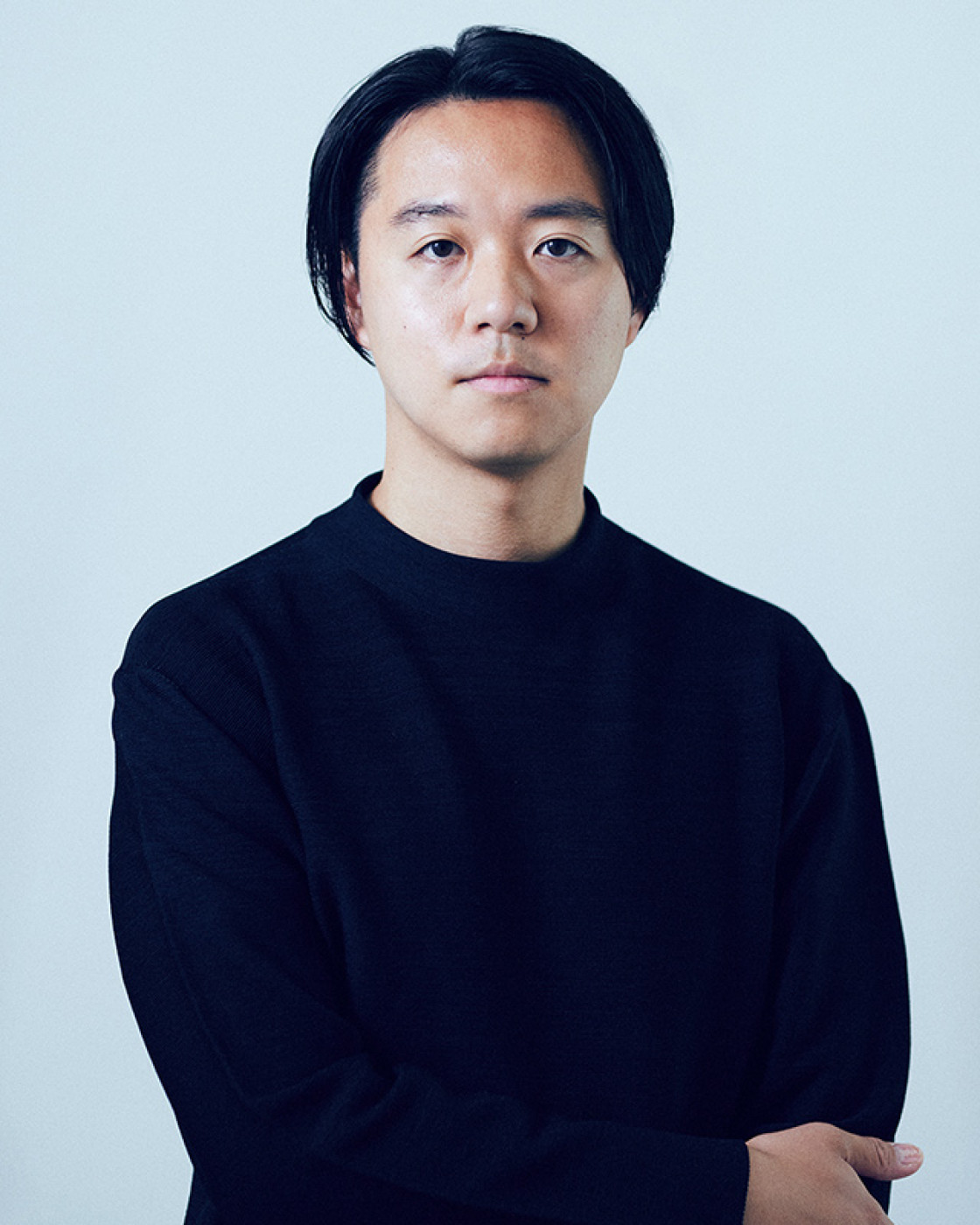
MERGING TECHNOLOGY AND CRAFTS
In CFCL’s Vol. 9, the key theme is knit-ware; the main accent is on flat-knitted fabrics made using an innovative 3D printing technique that allows for a comfortable, seamless fit while maintaining an elegant form and drape. This technique, in addition to traditional methods, helps craft pieces with unique shapes, colours and motifs, often inspired by traditional costumes from all over the world.
This season, CFCL also brought a fresh perspective to dyeing, drawing inspiration from traditional dyeing techniques. For instance, the “Chusen” method, when the dye is carefully poured onto randomly folded fabric to create organic, kaleidoscopic patterns, was used for silk, rendering each piece truly one-of-a-kind. The "Knikat" technique, inspired by the Southeast Asian Ikat dyeing tradition, was translated into a knitwear context, using recycled polyester yarns dyed in bright, primary colours. The result was a series of garments with vibrant, blurred patterns that playfully combined the depth and texture of traditional Ikat with the sheen and flexibility of synthetic fibres.
One of the other highlights of the collection is an eye-catching dress adorned with 2 320 fringes, hand-threaded into small holes programmed into the knit material. The effect was a beautiful interplay between structure and movement, with the fringe adding dynamic layers of texture to the sleek base fabric.
The collection also explored the creative possibilities of crochet with a contemporary twist. Handcrafted patchwork knit dresses featured handmade organic shapes, a departure from CFCL’s typically technology-driven approach. These pieces add a human touch and artistic spontaneity that comes from working without the constraints of programming, offering a tactile contrast to the precision of 3D-knitted garments.
Courtesy: CFCL
Text: Leilani Streshinsky


